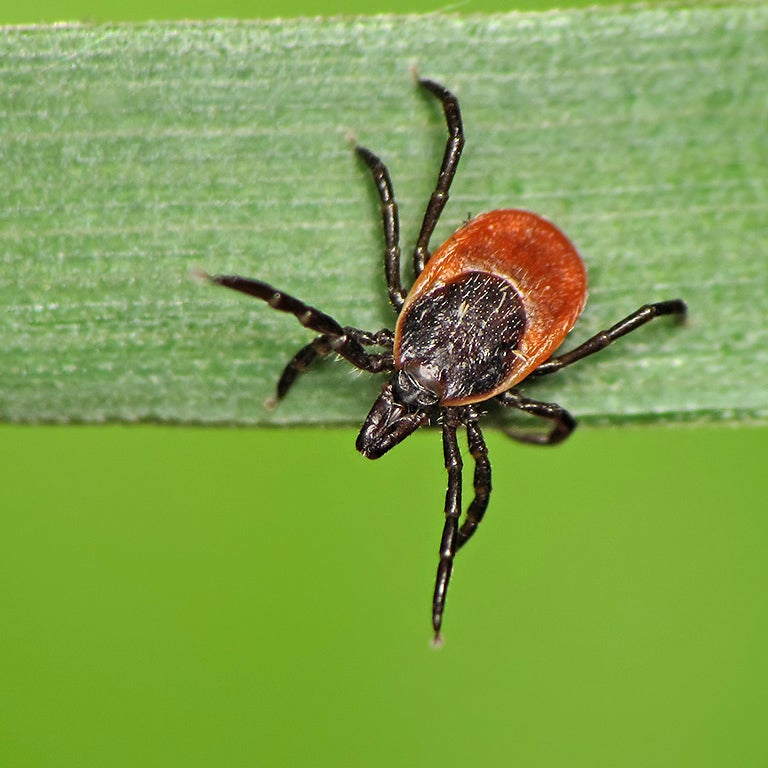Some troubling statistics :
- Instances of tick-borne diseases in humans have doubled over the past 13 years.
- From 2004 to 2016, nine new germs spread by tick bites were identified.
- About 385,000 Americans were diagnosed with diseases spread by ticks during the same period.
- is increasing the numbers of ticks in the wild and expanding their range.
Are you ready for tick season? Because it’s becoming increasingly vital that you take this threat seriously.
I’m going to keep this one simple and focus on what you can do to prevent infection by tick bites. If you’re interested in learning more about the various tick-borne diseases, Connecticut’s is a great resource. Lyme disease is, after all, named after the small town in that state where the crippling, was discovered.
Ticks on Your Body
The good news about ticks (if there is any good news) is that it takes several hours for them to transmit an infection to you, even after they’ve latched on. Lyme, for instance, is thought to take up to six hours to move from tick to host. That means as long as you’re vigilant about looking for ticks and remove them immediately, you can prevent the spread of even the scariest stuff.
To remove a tick, use to grasp its head, flush with your skin, and gently pull up until it releases. that could encourage a tick to voluntarily release due to suffocation—Vaseline, nail polish, etc.—the idea is to get it off as soon as possible to minimize your risk of infection.
It’s also easy to prevent ticks from getting on you in the first place. Insect repellents containing DEET are effective, as is impregnating items of clothing with permethrin. You can buy preimpregnated items from various outdoor brands or purchase . I do the latter and apply it to my shoes, socks, pants, shirts, and hats. You can also apply permethrin to tents, chairs, sleeping bags, and picnic blankets. (Here’s a guide from the EPA on for you and your family.)
Ticks hide in grasses and brush and latch onto humans and animals as they pass. Wearing full-length pants, tall socks, long-sleeve shirts, and the like can help keep them off you. Wearing light colors can help you more easily spot ticks as they look for a way to reach your skin.
Ticks on Your Pets
There’s a variety of oral medications that keep fleas and ticks from living for very long on your dog. Consult your vet to find out what’s working best in your area this year—this changes periodically as local insect populations develop resistance to specific drugs.
The trouble with these medications is that they take time to work and may allow a tick to be attached to your dog or cat long enough to transmit an infection. Two of the most common and most awful tick-borne diseases—Lyme and —can infect pets as well as humans.
A variety of spray-on repellents may do a better job of preventing ticks from feeding on your pet. Note that , and it can poison cats even if they come into contact with a treated dog or clothing. Natural solutions may be safer, if less effective. I heat coconut oil to room temperature and mist it onto my dogs to help prevent both fleas and ticks if we’re visiting a problematic area. It’s by no means totally effective but pairs well with proactively inspecting your dog’s entire body several times a day.
Going over your pet with a fine comb, which allows you to see its skin, as well as checking inside the ears, under the tail, and in other dark recesses, remains the most effective way to keep your dog safe from ticks. If you’re camping, hiking, or otherwise spending time outdoors, do this throughout the day and remove ticks immediately using the same procedure you’d use on yourself.

Ticks in Your Yard
Seventy-five percent of Lyme disease cases are contracted around the home. Ticks are not something you’ll encounter just while camping.
Ticks require rodent hosts for the first stages of their lifecycle, so eliminating rats, mice, and similar critters from your home and yard is an important first step in reducing the number of ticks on your property. You can also reduce tick habitat by clearing leaf litter and brush, regularly mowing your lawn, and eliminating trash. It’s thought that by surrounding your lawn with a barrier of mulch or gravel, you can prevent ticks from migrating into your grass from the surrounding forest.
You can—and if you live in the Northeast, you should—apply anti-tick pesticides to your yard. Availability and effectiveness varies by state; consult your local pest control service. is also of ticks present in a yard, but it can’t totally eliminate them. Use the food-grade stuff as a safe alternative for your pets and family.
Disposing of Ticks
Never crush a tick between your fingers—doing so can expose you to any diseases it may carry. Instead, flush it down a drain, drown it in alcohol or gasoline, bind it up in tape, or burn it. If you’re in the outdoors and find one on you or your pet but don’t have access to the above methods, just fling it away. Again, time is of the essence. There is no better time to remove and dispose of a tick than right now.


